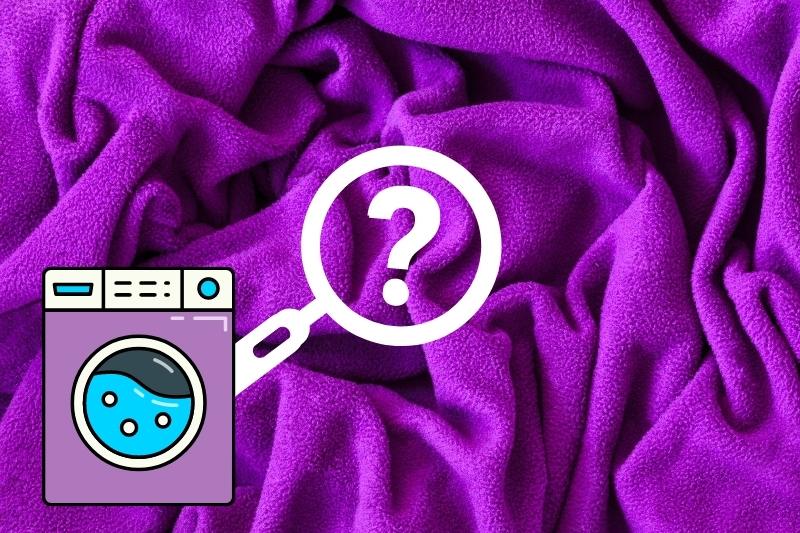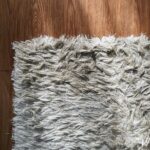There’s nothing better than snuggling up in a fluffy fleece hoody when the weather’s chilly. The only problem is, how do you keep it that fluffy?
After all, don’t all fleeces lose their softness and start to go bobbly once they’ve been washed a few times? Well, they don’t have to!
So, if you want to maintain your fleece’s fluffiness for longer, read on to learn how.
How to Wash a Fleece so it Stays Fluffy
1. Opt for a cold wash cycle
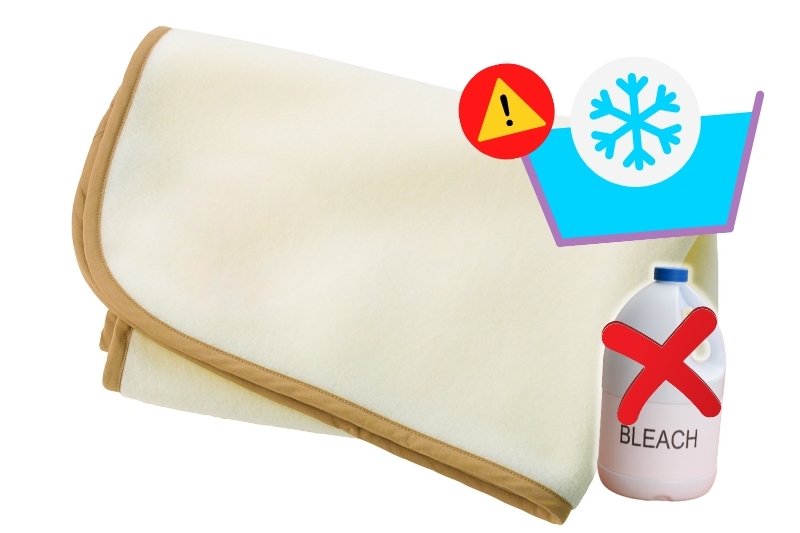
As fleece is a synthetic material, too much heat can quite literally melt the fibres. When this happens, the fibres mesh together creating a clumpy, matted texture that can’t ever be fully reversed.
To avoid this and maintain the fabric’s fluffiness, always clean your fleece clothing and blankets on a cold wash cycle.
If there are stains or marks that you’re worried won’t come off, spot treat the item before you wash it.
All you need to do is dab some mild washing up liquid onto the fabric and leave it to soak in cold water for 15 minutes. You can then blot the mark out with a clean cloth.
Tip: Never use bleach on fleece as the chemicals will permanently damage the fibres.
2. Choose your detergent wisely
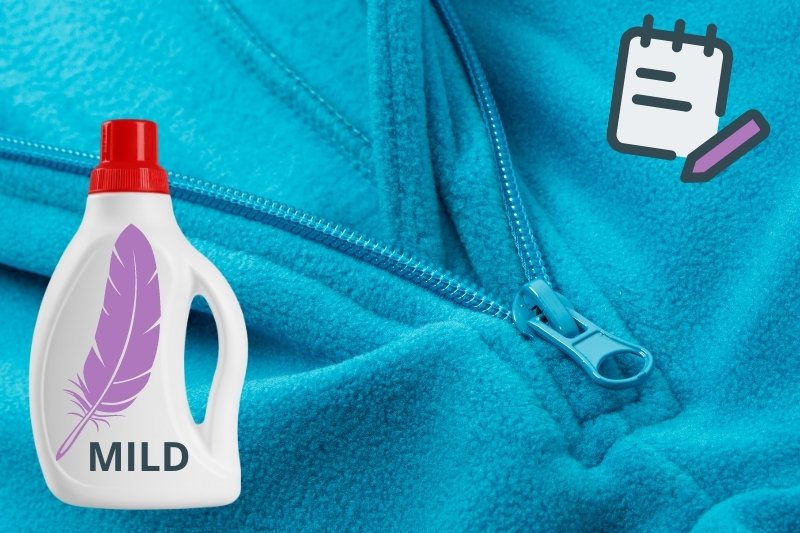
When it comes to keeping a fleece fluffy, you need to use the right laundry detergent. Opt for a mild detergent that’s free of chemicals and gentle enough for the fleece fibres.
Next, use the minimum amount required to clean the item, as excess soap suds can leave a residue that may affect the texture of the item.
Similarly, you should avoid using fabric conditioner on fleece altogether. Designed to coat fibres for a smoother finish, fabric conditioner changes the texture of fleece and reduces its fluffiness. It will also strip the fleece of any water resistant layers added during production.
Instead, try filling your fabric conditioner compartment with white vinegar. This will help to break down any remaining soap residue and stubborn odours during the rinse cycle.
3. Avoid unnecessary abrasion
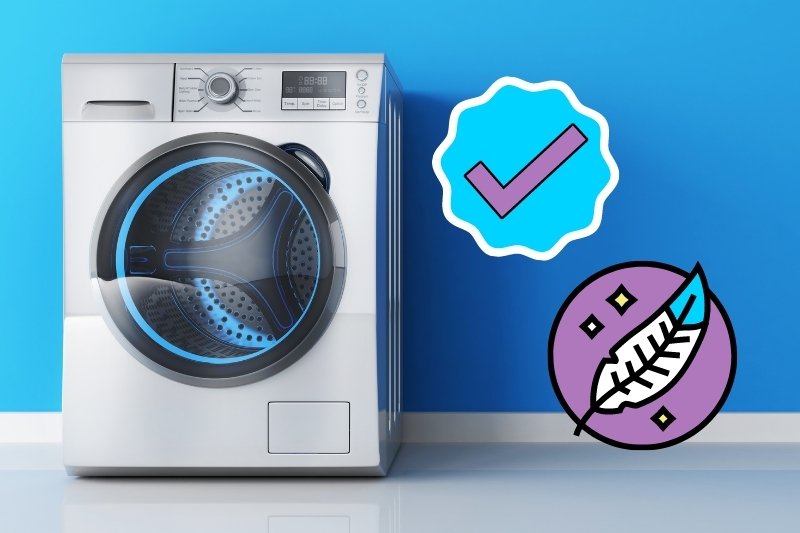
As well as sticking to cold water, you should also opt for a delicate wash cycle and low spin speed. This will help to reduce agitation and protect the soft fleece fibres.
With this in mind, always use a front-loading washer where possible, as the central column of top loading machines can cause unnecessary abrasion.
It’s also a good idea to wash fleece items on their own or with similar fabrics. Coarser fabrics like denim can cause friction and wear the fleece, while high-lint items can leave the material feeling bobbly. If you do have to wash your fleece with other items, turn each one inside out and make sure the zips and buttons are done up to reduce pilling.
Since friction (and heat) can impact the texture of the fibres, it’s also best to let your fleece hang dry naturally rather than using a tumble dryer. If you do need to speed up the drying process, check the care label first and choose a cool, gentle dryer cycle to limit agitation.
What Is Pilling on Fleece and How Do I Avoid It?
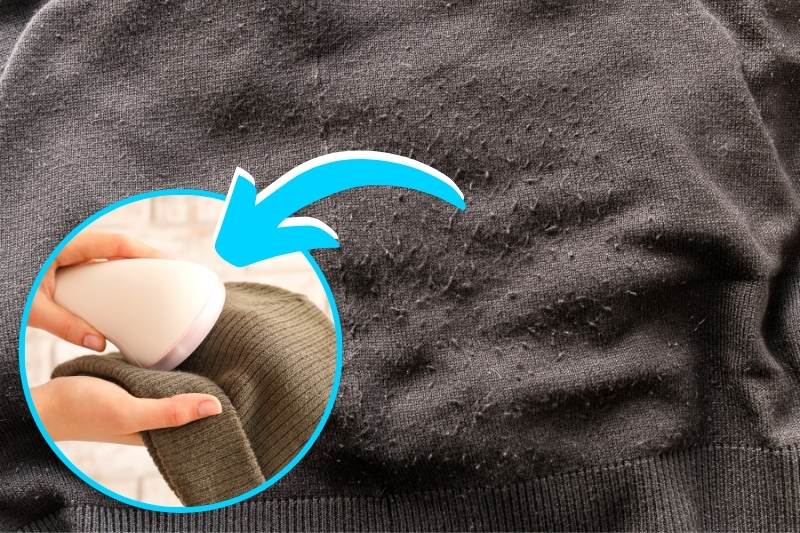
Pilling refers to the fuzzy balls of lint that build up on certain fabrics over time. As we mentioned earlier, it can also be caused by friction from other fabrics during the washing and drying process.
When it comes to fleece, pilling is a common issue, particularly in areas that get lots of wear like the underarms. As well as making the fleece look tired and worn, pilling creates a bobbly texture which can feel scratchy after a while.
To maintain the fluffy texture of your fleece, make sure you follow the three steps above when laundering your fleece clothing and blankets. However, if you do have an item that has fallen victim to pilling, there are a few ways you can remove it.
The first way is to use a battery powered fabric shaver to remove and collect the lint. If using this method, just be sure to remove any big pieces of lint using scissors before you start. Otherwise, the machine could tug them and cause a pull in the fabric.
Alternatively, you can use a disposable razor to lightly skim away the pilling. Just remember, if you haven’t done this before, it’s best to practice on a scrap of material first to get a feel for the pressure needed. That way, you’re much less likely to damage your fleece garment.
Not keen on either of these suggestions? See our guide on how to stop clothes going bobbly for some more ideas.
How Do You Make a Fleece Fluffy Again?
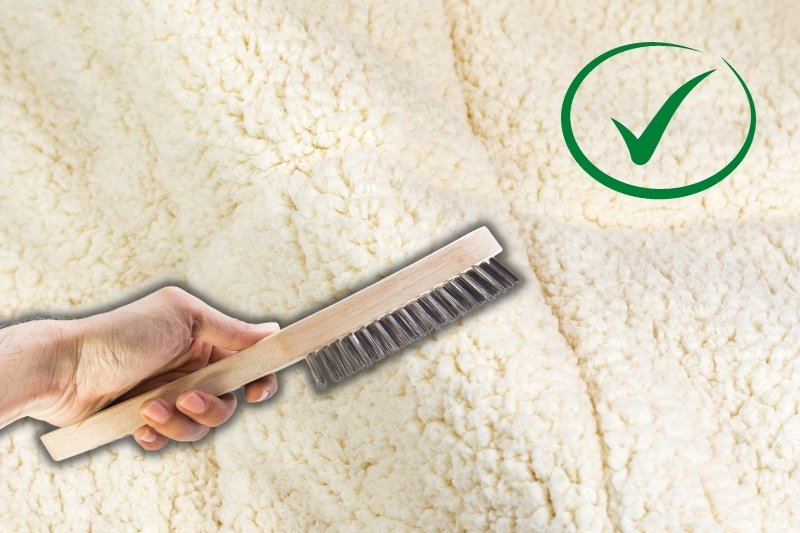
If you’ve previously washed your fleece on a setting that was too hot and the surface of the fabric feels matted, don’t panic. While this matting isn’t fully reversible as the damaged fibres can’t be restored, you can improve the texture and make your fleece look more fluffy.
The best way to do this is to brush out the fleece while it’s still damp. Lay it on a flat surface and starting from one corner, gently brush the fleece using a wire pet brush.
Boar bristle brushes are another good option, particularly if the material is delicate or very fluffy, such as sherpa. This will help to lift and separate up any fibres that have stuck together or gone flat.
After more helpful clothing care tips? Learn everything from how to stop clothes going bobbly to which spin speed you should use for different items in our laundry and ironing section.

A proud Yorkshire lass with a love for movies, music and cosy nights in! Once a self-confessed avoider of cleaning, she’s always on the lookout for new ways to make household chores as quick and simple as possible.
